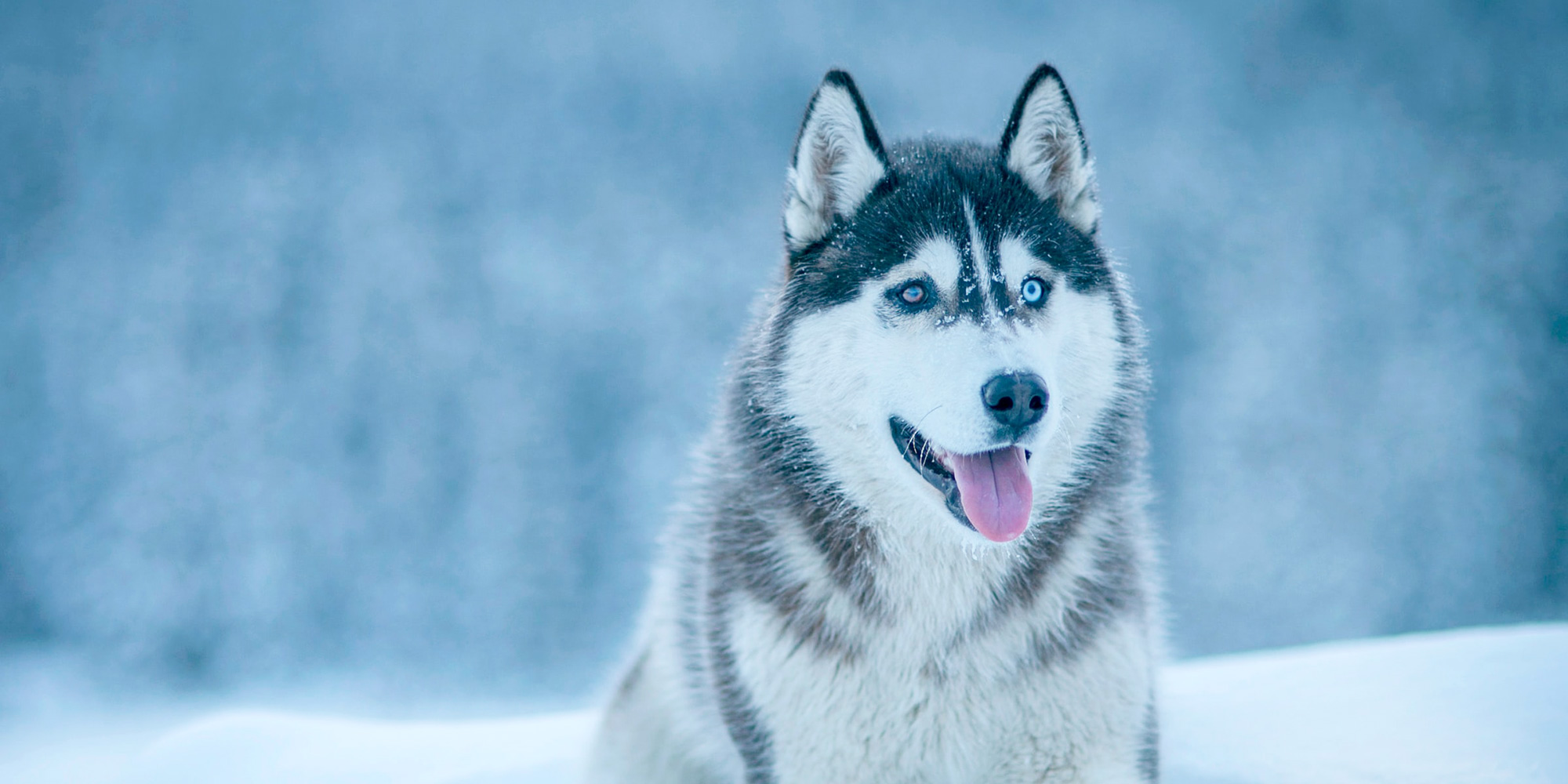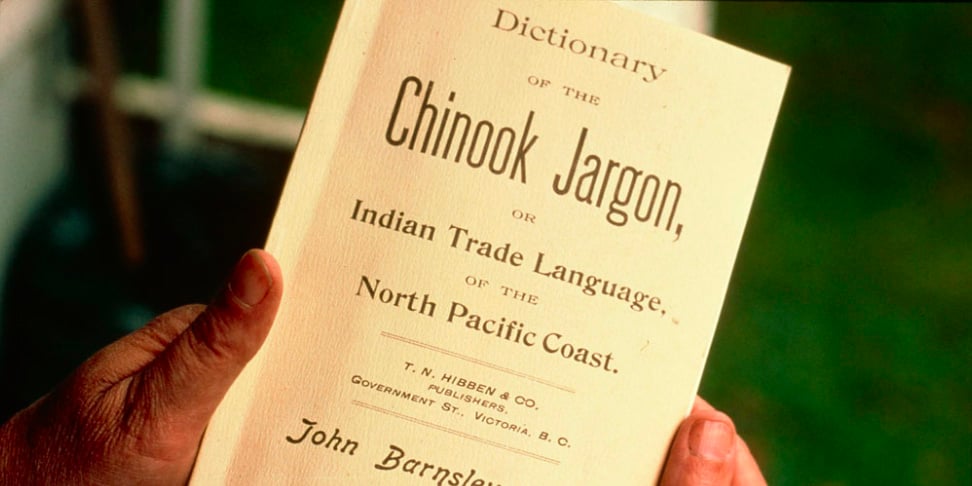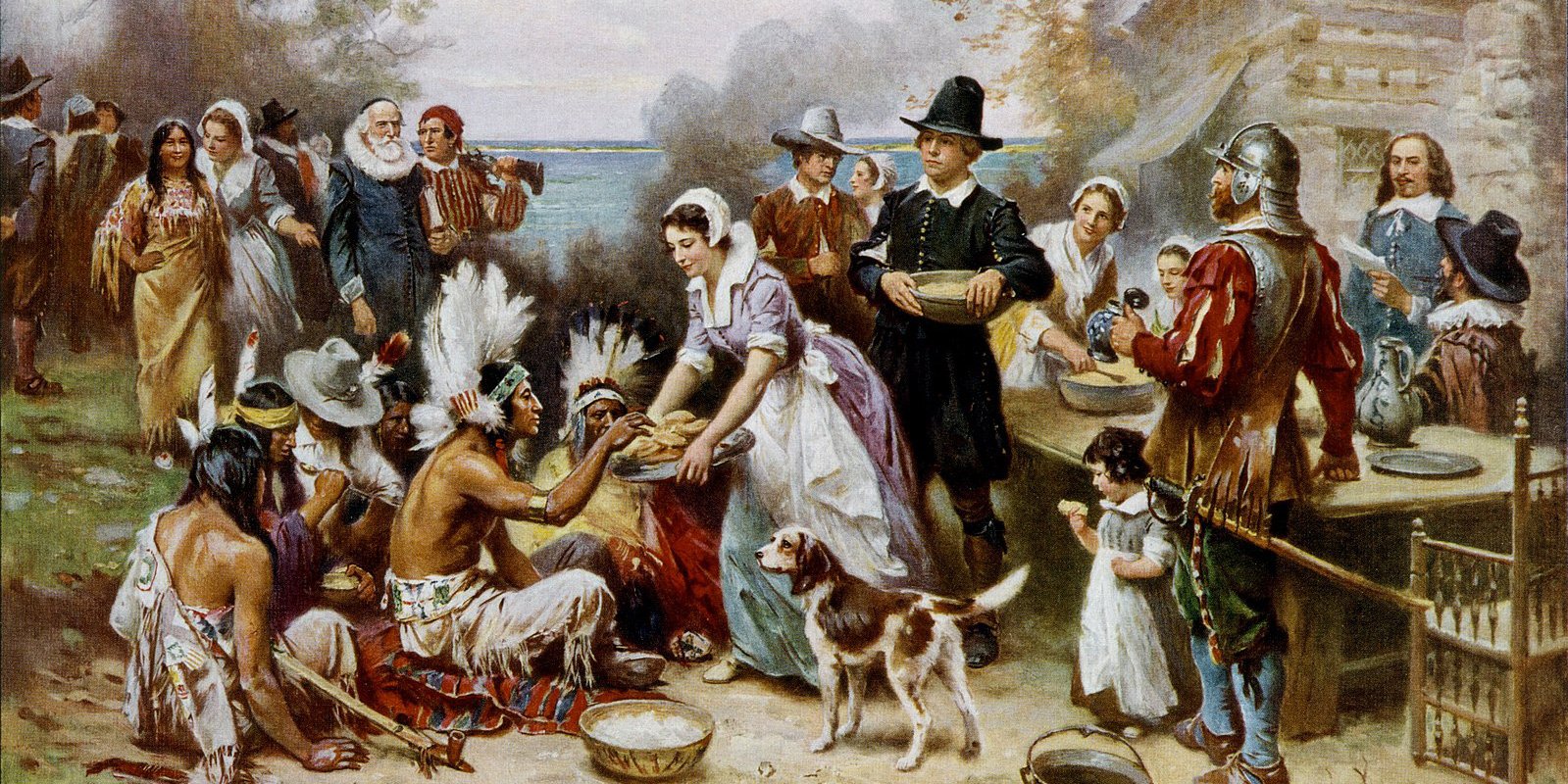Chinook Jargon - The First Language of Trade
tyee; skookum; tillicum; muckamuck It’s quite likely that at least one of the above words is familiar, especially to those who live in the Pacific...
3 min read
Bob Joseph March 12, 2018

The abundance of dogs in both non-Indigenous and Indigenous communities in northern Canada is an escalating animal welfare issue. This article takes a look at the initiatives of the Ontario SPCA to work with Indigenous communities to provide animal welfare services and programs to facilitate a solution. The Ontario SPCA and partners have just launched “The Year of the Northern Dog” campaign to bring awareness, attention, and action to the overpopulation of dogs in the north.
The sheer remoteness of some Indigenous communities, especially those that have fly-in access only, is a significant barrier to accessing care for pets. For others, it can be a 22-hour drive to the nearest centre with a veterinarian. The cost of living is much higher in a remote community than it is in the south so pet care supplies can be an expense that simply cannot be met. For communities that struggle with ongoing or intermittent drinking water advisories, the cost of a case of water for a fly-in community is $70, and that water is needed for drinking, cooking, and bathing.
We spoke with Daryl Vaillancourt, Senior Director, Humane Programs & Community Outreach Ontario SPCA and Humane Society about the work they, and their partners, are doing to support Indigenous communities in their efforts to manage the dog population.
To create awareness about northern communities that lack basic animal welfare necessities. We want to work with communities and our partners to deliver sustainable animal welfare education, services, and resources to communities that do not readily otherwise have access to these programs and services. It is our ultimate goal to help eliminate dog overpopulation and create healthier communities for people and pets.
Several years ago now. We collaborated with an organization called Beat the Heat Kenora and they were instrumental in introducing us to the communities they were working with.
There are a lot of misconceptions about the conditions of dogs in remote communities. Yes, they may be roaming and may not necessarily have a home but they are well cared for, are very social, and have healthy body conditions. We see very few dogs with body conditions that are low which means they are finding the resources they need to remain healthy. And yes, there are some instances in which the dogs are packing and do show some aggression but these are natural responses due to the fact they are competing for resources.
We are working with some communities to provide food for the dogs. A small bag of dog food can cost as much as $90 in a fly-in community.
No, we are only working with communities that have requested some assistance. If there’s no desire to have us visit the community then we don’t go.
We tailor the services to the particular community. It’s what they want - we don’t go in and tell them what to do. If they ask for a spay/neuter clinic, or a wellness clinic, or if they ask for dogs to be re-homed, or if there’s a gap in providing food for roaming dogs, we will do what we can to help them. The support of our partners, such as Welland & District SPCA, is invaluable. One fly-in community asked for help to re-home some dogs and we arranged for a DC3 to fly out about 58 dogs - which were all adopted out to forever homes in the Peterborough area.
Yes, these are costly ventures and the more support we get the better able we are to assist communities to meet their needs. There are many groups contributing to the work. The idea is to get as many partners on board as possible and coordinate the services so that we have a network of support throughout the north.
The Ontario SPCA also supports Orange Shirt Day.

Featured photo: Unsplash

tyee; skookum; tillicum; muckamuck It’s quite likely that at least one of the above words is familiar, especially to those who live in the Pacific...

Clayton Norris, MBA, CAFM, is the Vice President of MNP’s Aboriginal Services. He leads the MNP Aboriginal Services team, which currently provides...

The descendants of European settlers are brought up believing that it was their ancestors who celebrated the first Thanksgiving after surviving the...